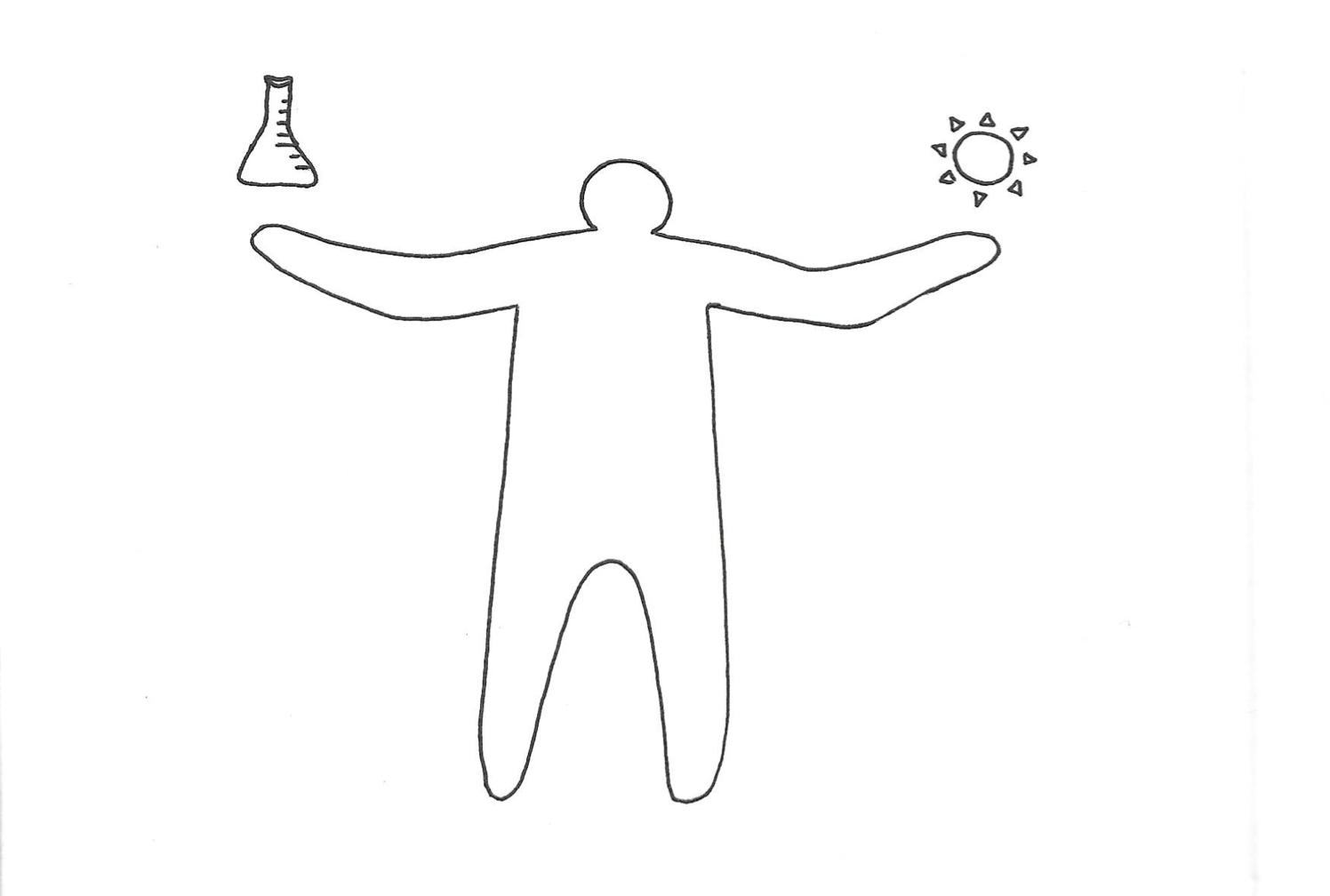On June 6, the Faculty of Science held their second session of Sun and Science, the online rendition of the classic Soup and Science presentation series. The McGill Tribune presents the highlights from the event:
Making the largest 3D maps of the universe
Adrian Liu, Assistant Professor in the Department of Physics, described an ambitious project to map the universe using 21 cm intensity mapping, an observational technique that surveys large structures in space using the density of hydrogen ions.
The first generation of stars and galaxies formed released an immense amount of UV radiation that spread through the universe. This radiation broke down hydrogen molecules by removing an electron in a process called ionization. Physicists can map the distribution and relative density of these ions in order to create a more detailed picture of the universe.
“These are really exciting times,” Liu said. “We’re building big radio telescopes to measure light from when the first stars were forming, and a lot of this work really is driven by undergraduates.”
This telescope, known as the Hydrogen Epoch of Reionization Array (HERA), is currently being constructed by a group of physicists from around the world.
“[HERA] will consist of 350, 14 meter telescopes that act in concert as a giant super telescope to help us detect faint signals from hydrogen around the time the first stars were forming,” Liu said.
If successful, Liu’s group will be one of the first cohorts of cosmologists to comprehensively visualize the dramatic transformation of the early universe.
Ancient and future earthquakes
Christie Rowe, Associate Professor in the Department of Earth and Planetary Sciences, is a trained field geologist and earthquake aficionado. Her lab studies a wide range of geological phenomena in locations across Quebec, and as far afield as the Pacific Ocean and Southern Africa. Their current work includes drilling for rock samples in underwater trenches in Japan and studying fossilized evidence of earthquakes in South Africa.
“Earthquakes aren’t the only thing that’s happening when faults are chugging along,” Rowe said. “There’s actually a lot of things happening in between [silent] earthquakes that the rocks are doing that we don’t necessarily think or know about.”
In Quebec, her lab maps the occurrence of earthquakes over the last 150 years. Although this may seem like a long time ago, Rowe noted that 150 years is a relatively short period on the geological scale, a fact that presents its own set of challenges while conducting research.
“Nobody knows which of these faults have been recently active, if any, so there’s a lot of work [to be done] right under the city, right now,” Rowe said.
Tracking cell metabolism and communication
Janine Mauzeroll, Associate Professor in the Department of Chemistry, conducts research on electrochemistry, the study of electron transfer reactions. Her lab focuses on electrochemistry at the microscopic level, using small electric conductors a quarter of the diameter of a human hair to quantify the speed of electrochemical reactions in human cells.
“The whole premise behind the work is that we’re trying to use these small microelectrodes to track cell metabolism or communication,” Mauzeroll said.
These tiny devices can be used to study the characteristics of cancer cells, determining, for example, how resistant a certain type of cancer may be to treatment.
One molecule of interest in Mauzeroll’s lab is D-Serine. D-Serine is thought to affect synaptic plasticity, the neurochemical process by which specific patterns of brain activity result in changes in neural connections. Other associations between D-Serine and the brain include pathological processes, such as aging and neurodegeneration.
Currently, Mauzeroll’s lab is applying specialized enzymes and microelectrodes to track the release of D-Serine from different types of neurons. Such tools could be of significant benefit to medicine, since the molecule is involved in the progression of many neurological diseases, like schizophrenia, depression, and Alzheimer’s disease.








